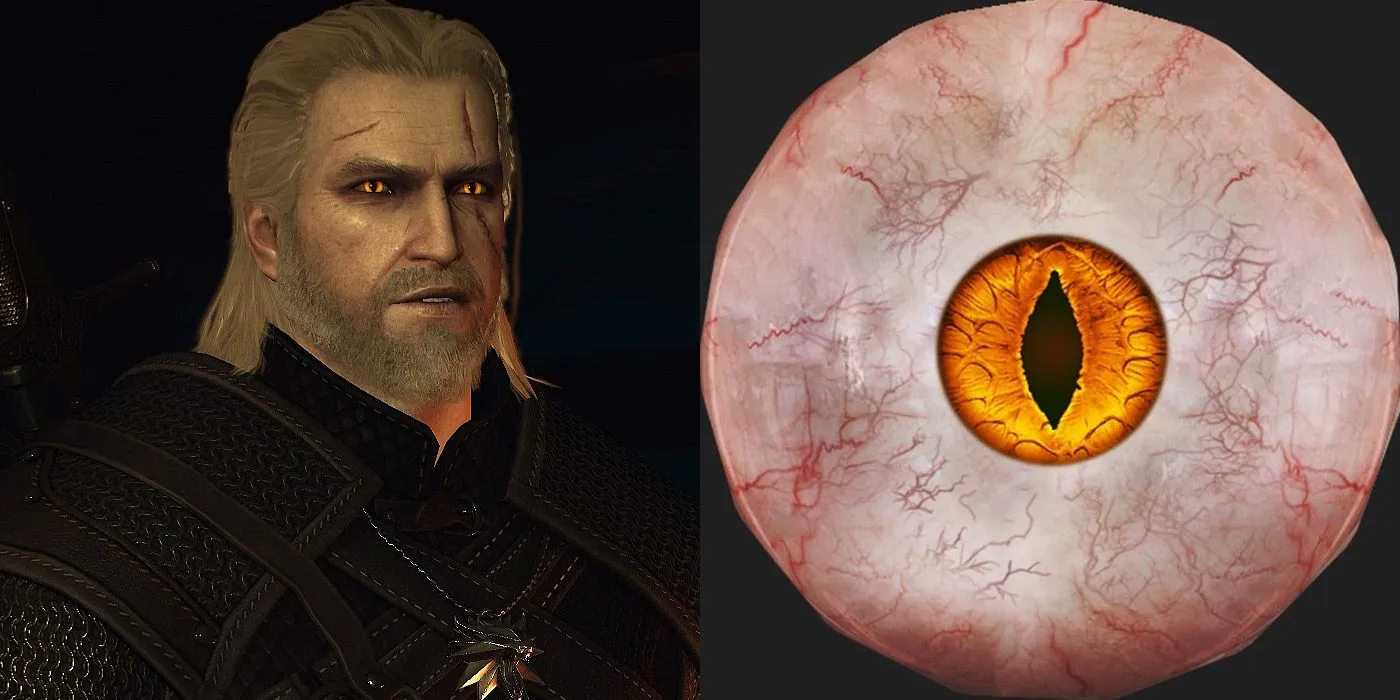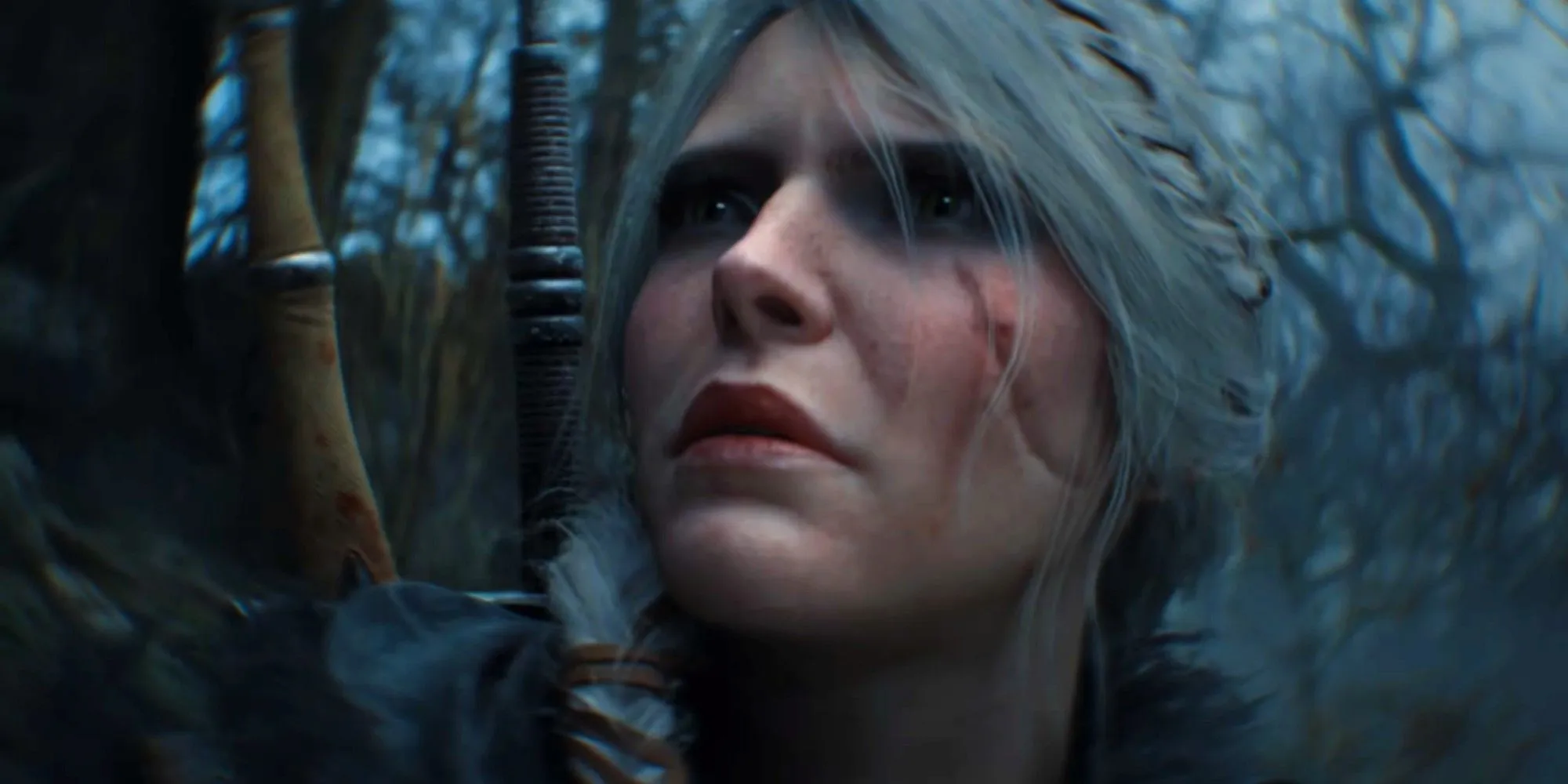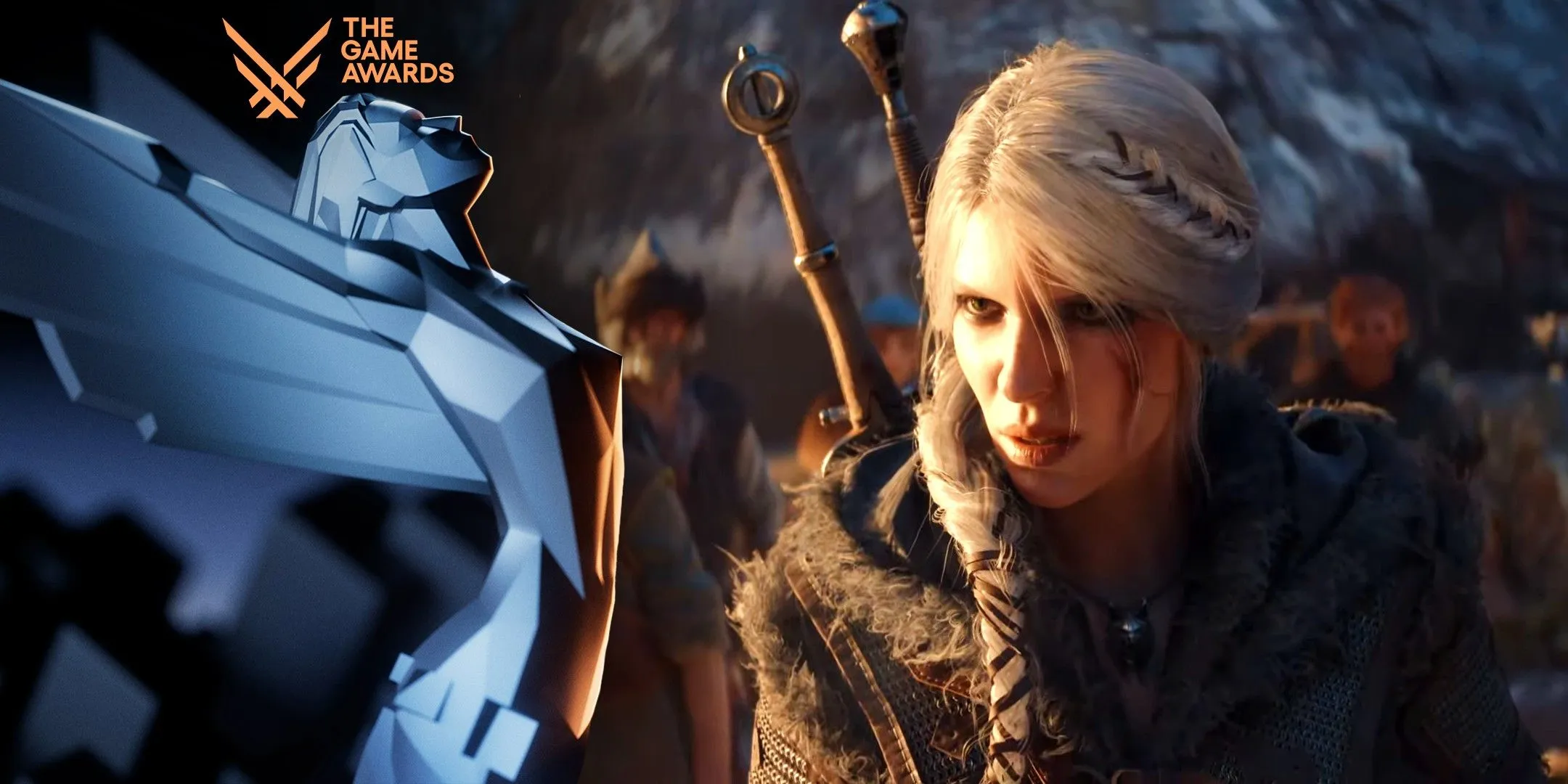
Fans of the series likely anticipated Ciri stepping into the spotlight as the protagonist of The Witcher 4, especially following the narrative arc established in Wild Hunt. However, her transformation into a Witcher came as a surprise. To audiences unfamiliar with Witcher lore, this metamorphosis appears contradictory to the foundational elements of the franchise, considering that very few are deemed suitable to undergo the rigorous training and mutations that define a Witcher. Nevertheless, Ciri’s evolution is not merely a title; she signifies a new chapter in the Witcher saga.
Once lightly mocked as the “Witcher Girl,”often by adversaries like Bonhart, Ciri’s fighting proficiency reflected the training she received at Kaer Morhen. With her new status, it seems she has fully embraced the role of a Witcher, embodying the skills and attributes synonymous with the order.
Ciri is Now a Witcher in The Witcher 4’s First Trailer
She Is No Longer the Lady of Space and Time
Watch the Trailer Here
The latest trailer for The Witcher 4 leaves no room for doubt: Ciri has truly become a Witcher. Speculation suggested that if she were to lead a new entry in the series, her title might be superficial, but the trailer reveals her to possess unmistakable Witcher traits. Her distinctive cat-like eyes, the School of the Lynx medallion she wears, and her use of potions during combat suggest she has undergone the traditional mutations that define a Witcher’s physiology. While Ciri has always exhibited exceptional combat skills, the integration of these mutations confirms her transition to a fully-fledged Witcher.
However, intriguing questions arise regarding the changes Ciri underwent since her last appearance in Wild Hunt. Notably, it remains ambiguous what happened to her unique powers following the events of that game, as she seems to depend solely on her newfound abilities derived from Witcher mutations.
Previously recognized as the powerful Lady of Space and Time, Ciri now appears to have lost her interdimensional abilities, which would have certainly aided her in combating the creatures she now faces. Instead, she relies on conventional spells and Witcher tools, raising questions about the extent of her current magical abilities. Although she retains the status of a Source and can wield magic at an exceptional level, the loss of her original powers poses an interesting dilemma regarding her transformation into a Witcher.
What Are the “Rules” for Being a Witcher in the Franchise Canon?
Only Boys Can Undergo the Trial of Grasses

According to established lore, the Trial of Grasses is primarily reserved for young boys, with a tragically high failure rate. Most attempts leave adult candidates dead, as their bodies lack the flexibility to endure the transformative process. Although girls have tried to undergo this trial, historically, none have survived. Intriguingly, Ciri defies these norms; although she is neither a male nor a child, her status as a Witcher challenges the lore’s traditional restrictions.
In previous narratives, Ciri was introduced to some ingredients resembling those used in the Trial of Grasses during her time at Kaer Morhen. Mentioned in Blood of Elves, Ciri’s situation raises additional questions about how she managed to become a Witcher despite existing barriers to entry.
This lore isn’t entirely rigid; for instance, Avallac’h underwent a modified form of the Trial of Grasses, albeit as a cursed adult. The conventional process includes subsequent trials: the Trial of Dreams enhances night vision while the Trial of the Mountain solidifies physical training. Finally, the optional Trial of the Sword requires trainees to hunt a monster or duel a peer.
How Ciri Can Still Be a Witcher in 4 – & What It Might Mean for Story
Ciri’s Unique Biology Is the Key to Her Passing the Trails





Ciri has always been an exceptional character defined by her unique biology, especially her **Elder Blood**. Even without her previous interdimensional capabilities, Ciri retains her status as a Source gifted with formidable magical powers. It is conceivable that her distinctive genetic makeup allowed her to endure the challenges of the Witcher Trials, despite societal expectations regarding gender and age.
Unlike any other, Ciri stands as the singular female Witcher, attributed to her special lineage. Her distinct cat-like eyes further substantiate her successful completion of the Trial of Grasses, suggesting her body might be particularly receptive to the potions meant to catalyze transformation.
The Elder Blood narrative has enabled the franchise to incorporate numerous fantastical elements, from time travel to interdimensional encounters, raising the question of whether it can similarly clarify Ciri’s ability to survive the Witcher Trials. Furthermore, her sterilization may have reduced her perceived threat, as many factions within the lore sought her for reproductive purposes.
Ultimately, it will be essential for CD Projekt Red to effectively articulate how Ciri transitioned into her role as a Witcher. By emphasizing her Elder Blood and status as a Source, they can create a compelling narrative that respects the established lore while embracing the evolving storyline. Whether Ciri assumed this title through conventional means or an alternative path, her position as the protagonist of The Witcher 4 is undoubtedly warranted.
Source: The Witcher IV/YouTube




Leave a Reply